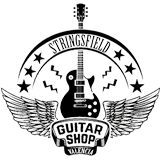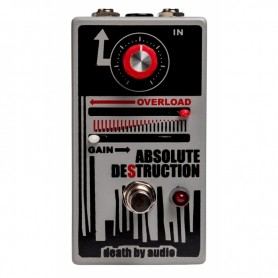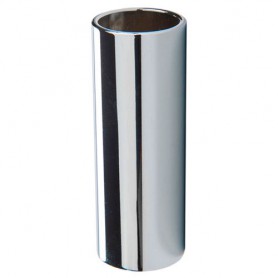Our selection of Jazz guitars
Godin 5th Avenue Kingpin P90 Cognac Burst
Epiphone Emperor Swingster Delta Blue
Stanford Fatboy 75-AV
Stanford CR Thinline 30 VB
What origin does the electric guitar jazz guitar have?
The electric guitar jazz guitar has its origins in the 1930s, when jazz musicians began using acoustic guitars with electric pickups to amplify their sound and be able to compete with the volume of orchestras. This is how the first archtop guitars were born, which had a hollow body with an arched top and an F-shaped hole. Some famous models were the Gibson L-5 or the Epiphone Emperor. Later, in the 50s and 60s, the first semi-hollow guitars appeared, which had a solid center block and hollow chambers on the sides. These guitars reduced the tendency to feedback and allowed more distortion to be used. Some famous models were the Gibson ES-335 or the Epiphone Casino.
What characteristics does an electric guitar have jazz guitar?
An electric guitar jazz guitar has some characteristics that make it suitable for playing this musical style. Some of them are:
- The body: it is usually hollow or semi-hollow, which gives a greater resonance and warmth to the sound. It also usually has an arched shape and either one F-shaped hole or two C-shaped holes.
- The neck: It is usually wider and thicker than other guitars, which makes it easier to play complex chords and chromatic scales.
- Pickups: They are usually humbuckers, which have a softer and cleaner sound than single coils. They also usually have a three-position selector switch and two independent volume and tone potentiometers for each pickup.
- The bridge: it is usually fixed or floating, which allows you to adjust the height and intonation of the strings. Some models also have a vibrato or Bigsby lever.







































































